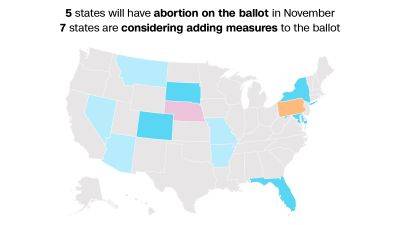On the End of the Line, Hundreds of Frantic Voices Seek Help
One of the most important things reporters can do is trace how policies — laws and court decisions in particular — directly affect people across the United States.
That is why I spent a day at the National Domestic Violence Hotline in Austin, Texas, before two significant decisions from the Supreme Court: one about the availability of a commonly used abortion pill, and another about whether the government could prevent domestic abusers from owning firearms.
As a former congressional reporter who now covers the South for The New York Times, I’ve not only reported on gun policy, but also examined how it can intersect with domestic violence. In 2022, I helped report on the debate over the reauthorization of the Violence Against Women Act, which was enacted in 1994 and led to the creation of the hotline in 1996. That year I also covered the passage of gun safety legislation, which narrowed the so-called boyfriend loophole by strengthening a ban against the possession of firearms by domestic abusers.
For this article, it was important to center the voices of survivors of domestic violence — the people who are most likely to be affected by those Supreme Court decisions.
After interviews with experts and those who work at domestic violence shelters, what became clear was that the court’s rulings would directly affect what survivors experience, rather than combat root causes of the violence.
So my editors and I decided to tell the story through the work of the people who often connect with survivors first. We could show what a survivor’s initial communication to the hotline looked like, and share the perspectives of those working for the hotline itself, many of whom are survivors who escaped their abusers.







